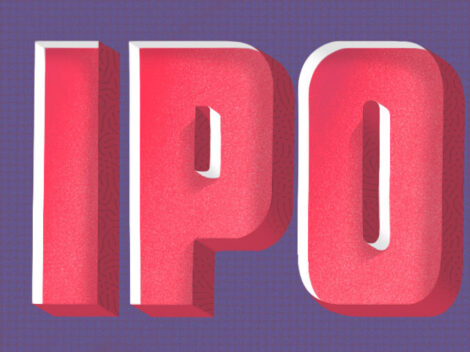Earlier today Crunchbase News reported that the Stitch Fix IPO first day was going well. Yes, the firm had been forced to lower its per-share price and cut the number of shares it sold through its public debut, but its early performance was strong.
Follow Crunchbase News on Twitter & Facebook
However, as the day rubbed along, shares of Stitch Fix slipped, finally closing the day up a narrow one percent after spending the afternoon flirting with its original price. That’s not what you want with an IPO, usually, but there’s more afoot in the Stitch Fix deal than just its first-day price movement.
Was the IPO a disappointment? Based on emails and the like we’ve received today, opinions vary. We’ve been asked, for example, why the tech press was so hard on the company, and also why the tech press went so easy on the company.
So let’s tie some things up as the week ends, working backwards in time. First, was the IPO’s first day a success? Second, was the company’s broader IPO a success?
First Day Results
Stitch Fix raised as close to every single dollar it possibly could in its IPO without losing ground in its first day.
So, to some extent, its IPO’s first day was a success as it helped us understand the company’s pricing victory. Victory, in this case, is a loaded word. To explain why, we again return to one of the few actually good tweets:

It’s the first example in Levie’s joke that we want for our uses.
Given where Stitch Fix’s shares ended up today, it’s nigh-impossible to argue that it left money on the table. Indeed, the price it agreed to with its bankers is the very same price that the public market set for the company when it had a go.
All players in the game agreed on a price, and thus it seems unlikely that the firm could have raised more money from its IPO.
(The firm could have, theoretically, sold shares at a higher per-share price, but it would have likely endured a first-day drop as a result. And that would have brought a wave of bad press to its debut; ergo, the avoidance of leaving money on the table can be viewed as a positive. At the same time, most companies aim for a 15 percent pop, or so, to ensure positive media coverage. Stitch Fix almost had that sort of first day, but it didn’t after its shares flatlined back to their initial price. What can you do.)
So, the IPO was a technical first-day success — it happened; the firm is now public — and it was also a success as a fundraising event per our prior arguments.
More Context
Taking into account more time than just today, the Stitch Fix IPO was still largely a success. It repriced a private company at a far-higher public valuation, provided liquidity for its backers who hold nine-figure stakes in the company, and it added to the firm’s coffers, which, despite a history of operating profit, never look worse with more in them.
If the IPO managed all that, how was it not a full success? Because the firm thought it was worth more than the market at first, forcing a reduction of its per-share price and number of shares sold. Such activity is a universally-accepted bearish signal.
Doubly so in recent times, as some firms have been forced to reduce their IPO pricing hopes, in the process pushing their impending public valuation under their final private valuation. That situation is not Stitch Fix’s problem. Indeed, the firm was last valued at roughly $300 million during its 2014 Series C. Then it stopped raising money while it grew.
So the company had to reduce its aim from $20 per share to a more modest $15. But given that it quadrupled its value from its final private round to its IPO valuation, how bad can you really score the transaction?
At the end of the day, the firm did all the things it should have done in its IPO aside from creating a few more headlines praising its first-day performance. Therefore, it’s hard to complain.

Stay up to date with recent funding rounds, acquisitions, and more with the Crunchbase Daily.



![Illustration of a guy watering plants with a blocked hose - Global [Dom Guzman]](https://news.crunchbase.com/wp-content/uploads/quarterly-global-3-300x168.jpg)
67.1K Followers